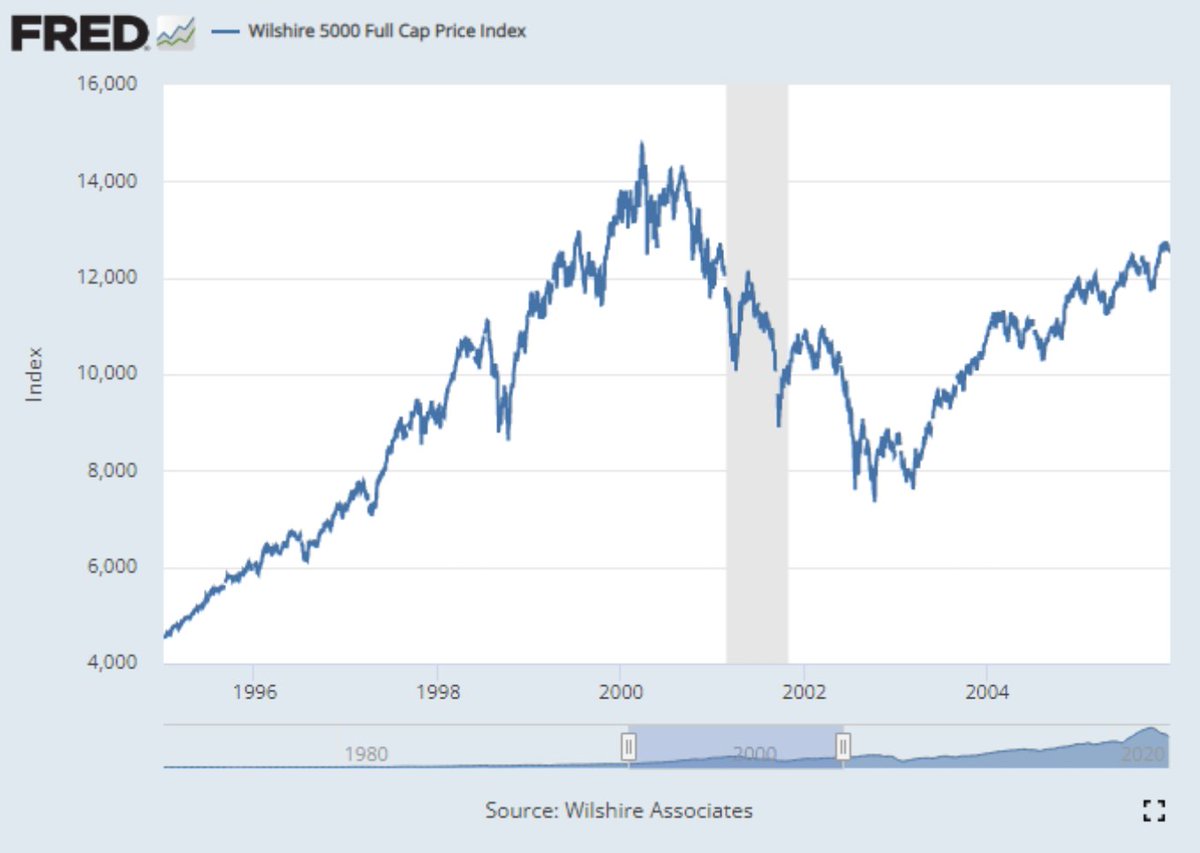
The US economy looks very typical late cycle where modest growth at elevated output levels maintains inflation pressures.
Tomorrow’s GDP report will show more of the same, with more balance vs 2Q. Nominal at ~1.3% q/q with real growth at ~0.7% and deflator at ~0.6%. Thread:
Tomorrow’s GDP report will show more of the same, with more balance vs 2Q. Nominal at ~1.3% q/q with real growth at ~0.7% and deflator at ~0.6%. Thread:

Those figures roughly align with what we are seeing in various timely forecasts.
GDP now is running about 3.1% ann. Based upon the already reported PCE deflator and Sept estimate from the Cleveland Fed, quarterly headline inflation is likely to come in around 2.5% ann.
GDP now is running about 3.1% ann. Based upon the already reported PCE deflator and Sept estimate from the Cleveland Fed, quarterly headline inflation is likely to come in around 2.5% ann.

When you scan across the whole economy, many sectors look the same. Moderating real growth at high levels of demand and output. Its important to look at both the growth and levels
Real consumption has slowed to barely positive based on reported data and September retail sales.
Real consumption has slowed to barely positive based on reported data and September retail sales.

Construction is one area slowing more significantly, though it’s a much smaller piece of the overall economic picture. 

But even with the slowing that we’ve seen its still at relatively elevated levels overall. Of course residential is expected to contract on a forward looking basis, but as I highlighted previously, its not likely enough to tip the whole economy. 

End demand in the US is weaker than what the top line GDP number suggests. Interesting to see inventories still building.
This stocking will not continue forever, but it is beneficial to production in the short term.
This stocking will not continue forever, but it is beneficial to production in the short term.

The improving trade balance is also a net positive to the reported GDP figure as a bigger share of our demand is being met by domestic production vs. external production. 

A big part of that is that the big inventory stocking that happened earlier this year which creates a spike in imports has now reversed. Exports look like everything else - slowing growth from high levels. 

What we see above is very typical late cycle dynamics. The first step of the slowdown is moderation of growth at high levels of output. Just as we are seeing now.
We've all become accustomed over the last 20 years to crisis driven declines (08 & 20). But those weren't typical.
Economic cycles take years to play out. We are almost a year in and just starting to have reliably softer growth, but still some growth.
Economic cycles take years to play out. We are almost a year in and just starting to have reliably softer growth, but still some growth.
Typically its another 9-12 months before employment starts to weaken and inflation comes down sustainably. And then another year or two before employment bottoms.
With all that in mind, it looks like we are still early in this process and this GDP report will confirm that.
With all that in mind, it looks like we are still early in this process and this GDP report will confirm that.
• • •
Missing some Tweet in this thread? You can try to
force a refresh

























